When summer temperatures soar and the air feels bone dry, traditional air conditioning isn't your only option for staying cool. Swamp coolers, also known as evaporative coolers, offer a smart alternative that works particularly well in hot, dry climates by using water evaporation to naturally cool the air.
In dry heat conditions, swamp coolers can provide effective cooling while using less energy than traditional air conditioners and adding beneficial moisture to harsh, arid air.
These simple machines work by pulling warm air through water-soaked pads, where evaporation removes heat and creates cooler, more comfortable air for your space.
We'll explore how these cooling systems operate, their key advantages in dry climates, and what you need to know about selecting and caring for the right unit.
Let’s break down the key points you should consider:
- What is a swamp cooler and how does it work?
- Benefits of using a swamp cooler in dry climates
- Choosing and maintaining the right swamp cooler
- Common questions about swamp coolers
Whether you're dealing with desert heat or just looking for an eco-friendly cooling solution, keep reading! Understanding swamp coolers can help you make the best choice for your comfort needs.
What is a swamp cooler and how does it work?
A swamp cooler uses water evaporation to cool air, making it an energy-efficient alternative to traditional air conditioning in dry climates. These systems work best when humidity levels are low and become less effective as moisture in the air increases.
The science behind evaporative cooling
Evaporative cooling happens when water changes from liquid to vapor. This process removes heat from the surrounding air.
A swamp cooler pulls hot, dry air through water-soaked pads. As the air passes through these wet pads, water evaporates into the air stream. This evaporation cools the air by 15 to 40 degrees.
The cooled air then gets pushed into your home by a fan. The process adds moisture to the air, which can feel comfortable in dry conditions.
Key Components:
- Water reservoir
- Pump to wet the pads
- Cooling pads (usually made of wood fiber or synthetic materials)
- Fan to move air
- Vents to distribute cooled air
The cooling effect depends on how dry the outside air is. Drier air allows more evaporation, creating better cooling results.
How it compares to traditional air conditioning
Traditional air conditioning uses refrigerants and compressors to cool air. Swamp coolers only need water and electricity to run a fan and pump.
According to the U.S. Department of Energy, evaporative coolers “use about one-quarter as much energy” and “cost about half as much to install as central air conditioners
Energy Usage: Evaporative coolers use about 75% less electricity than standard air conditioners. They typically use 15-35 watts per 1,000 cubic feet of air moved.
Installation and Cost: Swamp coolers cost much less to buy and install. They have fewer moving parts and simpler designs than traditional AC units.
Air Quality: Unlike traditional air conditioning that recirculates indoor air, swamp coolers bring in fresh outdoor air. This constant air flow can improve indoor air quality.
Maintenance: Evaporative coolers need regular water refills and pad cleaning. Traditional AC units require professional maintenance but less frequent attention.
Where swamp coolers work best (and where they don't)
Swamp coolers work best in dry climates where humidity stays below 50%. They lose effectiveness as humidity rises above 60%.
Ideal Locations:
- Southwestern United States
- Parts of Colorado, Nevada, and Utah
- Any area with low humidity and hot temperatures
Climate Requirements:
- Humidity below 50% for best results
- Hot, dry conditions
- Good air flow through the building
Where They Don't Work:
- Humid climates like the Southeast
- Coastal areas with high moisture
- Places where humidity regularly exceeds 60%
Seasonal Considerations: Even in dry climates, swamp coolers may struggle during monsoon seasons when humidity spikes. Many people in these areas use them for most of the year but switch to traditional AC during humid periods.
The key factor is the difference between air temperature and humidity levels. Larger gaps between these create better cooling results.
Benefits of using a swamp cooler in dry climates
Swamp coolers offer significant advantages in arid environments through reduced energy consumption, improved air quality, and simplified upkeep. These systems excel where traditional air conditioners struggle with efficiency and cost.
Lower energy bills and eco-friendly cooling
We can cut our cooling costs by up to 75% when we choose swamp coolers over traditional air conditioning. These systems use only a fan and water pump, consuming far less electricity than compressor-based units.
Energy consumption comparison:
- Traditional AC: 3,000-5,000 watts
- Swamp cooler: 300-1,100 watts
Our environmental impact drops significantly with evaporative cooling. We avoid harmful refrigerants that damage the ozone layer. The system relies on water evaporation, a natural process that produces zero emissions.
Most swamp coolers operate on standard 115-volt outlets. We don't need special electrical work or high-capacity circuits. This keeps our installation costs low while delivering effective cooling in dry heat conditions.
Adding moisture to the air in arid environments
We benefit from increased humidity when using swamp coolers in dry climates. The evaporation process adds moisture to indoor air, creating more comfortable living conditions.
Humidity improvements we experience:
- Reduced skin dryness and irritation
- Less static electricity buildup
- Better breathing conditions
- Protected wood furniture and flooring
Our air quality improves as the water filtration removes dust and pollen from incoming air. The constant air circulation helps eliminate stale indoor air while bringing in fresh outdoor air.
We avoid the over-drying effect that traditional air conditioners create. Standard AC units remove moisture from air, making already dry climates feel harsh and uncomfortable.
Simpler maintenance and fewer moving parts
We face minimal maintenance requirements with swamp coolers compared to traditional cooling systems. The basic design includes only a fan, water pump, and cooling pads.
Our regular maintenance tasks:
- Replace cooling pads seasonally
- Clean water reservoir monthly
- Check fan belt annually
- Drain system before winter
We save money on service calls since most maintenance tasks require basic tools. No refrigerant handling or complex diagnostics are needed. The straightforward design means fewer parts can break down.
Our seasonal preparation involves simple draining and pad replacement. We don't need professional tune-ups or expensive part replacements that plague traditional air conditioning systems.
Choosing and maintaining the right swamp cooler
Getting the best results from your swamp cooler starts with picking the right type and size for your needs. Regular upkeep keeps your system running at peak performance while preventing costly repairs.
Portable vs. whole-house systems
Portable swamp coolers work well for single rooms or small spaces. They plug into standard outlets and move easily from room to room. Most units cool areas between 300 to 800 square feet.
These units cost less upfront, usually between $100 to $600. We can set them up in minutes without any installation work. They work best in bedrooms, home offices, or small living areas.
Whole-house swamp coolers mount on roofs or walls and cool entire homes. They connect to your home's ductwork and require professional installation. These systems handle 1,500 to 4,000 square feet or more.
Installation costs range from $1,500 to $4,000 including the unit. We need electrical work and ductwork connections. However, they cost much less to run than central air conditioning.
Whole-house systems work better for families who want consistent cooling throughout their home. They also add value to your property.
How to size a swamp cooler for your space
Cooling capacity gets measured in cubic feet per minute (CFM). We calculate the right size by measuring our space and considering local climate conditions.
For basic sizing, multiply your room's square footage by ceiling height. Then multiply by 15 to 25 for the CFM needed. Hotter, drier climates need higher CFM ratings.
Room Size
CFM Needed
300 sq ft
1,125-1,875
500 sq ft
1,875-3,125
1,000 sq ft
3,750-6,250
1,500 sq ft
5,625-9,375
We also need to consider ceiling height, window size, and insulation quality. Rooms with high ceilings or poor insulation need more cooling power.
Check the manufacturer's coverage area ratings. These give us realistic expectations for cooling performance in different conditions.
Maintenance Checklist to Keep It Working Efficiently
Regular maintenance keeps our swamp cooler running smoothly and extends its life. We should clean and inspect our unit at least twice during the cooling season.
Monthly tasks:
Monthly Tasks:
- Check water levels: Make sure the water reservoir is filled properly and that the float valve works correctly.
- Clean pads: Rinse or replace cooling pads if they are clogged, dirty, or have mineral buildup.
- Inspect water pump: Ensure it's operating and circulating water evenly over the pads.
- Clean water tank: Drain and wipe down the tank to prevent algae or mineral deposits.
- Check airflow: Remove any dust or debris around the fan or vents for optimal air circulation.
- Tighten any loose parts: Especially fan belts and motor mounts to prevent wear or noise.
Common questions about swamp coolers
Swamp coolers can handle extreme heat but their effectiveness depends on your local humidity levels and climate conditions. Performance varies significantly between dry regions like Colorado and humid areas where these units struggle to provide adequate cooling.
Can a swamp cooler cool your home in 100°f heat?
Yes, swamp coolers can effectively cool your home even when temperatures reach 100°F or higher. The key factor is humidity, not temperature.
In hot, dry conditions, swamp coolers can lower indoor temperatures by 15-30 degrees. When it's 100°F outside with low humidity, we can expect indoor temperatures around 70-85°F.
High temperature performance factors:
- Outside humidity below 30% = excellent cooling
- Humidity 30-50% = good cooling
- Humidity above 50% = poor cooling
The hotter and drier the air, the better these units perform. Desert areas often see the best results during extreme heat because the dry air allows maximum evaporation.
Swamp coolers work by drawing hot air through water-soaked pads. The water evaporates and removes heat from the air. This natural process becomes more efficient as temperatures rise in dry climates.
Are swamp coolers effective in Colorado or similar climates?
Colorado's climate is ideal for swamp coolers. The state's low humidity and high elevation create perfect conditions for evaporative cooling.
Colorado climate advantages:
- Average summer humidity: 25-35%
- High elevation increases evaporation rates
- Dry air allows maximum cooling potential
- Hot days with cool nights
Most Colorado residents see excellent results with swamp coolers. The Front Range area, including Denver and Boulder, experiences humidity levels that make these units highly effective.
Similar climates include:
- Arizona (Phoenix, Tucson)
- New Mexico (Albuquerque, Santa Fe)
- Nevada (Las Vegas, Reno)
- Utah (Salt Lake City area)
These regions share Colorado's dry air and hot summers. Evaporative coolers typically consume only about 25% of the electricity required by central air-conditioning systems, representing a 75% reduction in energy use compared to traditional AC units, according to the DOE.
What are the limitations in humid conditions?
Swamp coolers struggle in humid conditions because the air already contains too much moisture. When humidity rises above 50%, these units lose their cooling power.
Humidity limitations:
- 60%+ humidity = minimal cooling effect
- 70%+ humidity = may increase discomfort
- 80%+ humidity = essentially ineffective
High humidity prevents water from evaporating properly. The cooling pads stay wet but don't create the evaporation needed to lower air temperature.
Regions where swamp coolers fail:
- Southeast states (Florida, Georgia)
- Gulf Coast areas
- Midwest during summer months
- Coastal regions with ocean moisture
In these areas, swamp coolers can actually make homes feel stuffier. They add moisture to already humid air, creating uncomfortable conditions instead of relief.
We recommend checking local humidity levels before choosing a swamp cooler. Weather stations and online tools show average humidity throughout the year.
Conclusion
We've explored how swamp coolers use water evaporation to cool dry air effectively. These systems work best in low-humidity areas where they can reduce temperatures while adding comfortable moisture.
We found that swamp coolers offer real value for the right conditions. They provide efficient cooling at a fraction of the cost of air conditioning.
The choice depends on your local climate and cooling needs. If you live in a dry area with low humidity, a swamp cooler could be your ideal solution.
These systems deliver practical benefits without the high energy bills. They also help the environment by using less electricity and avoiding refrigerants.
For dry heat conditions, swamp coolers prove themselves as smart cooling options. They combine effectiveness with affordability in ways traditional AC cannot match.
Contact us today to schedule a swamp cooler installation or request a quote tailored to your home’s cooling needs.

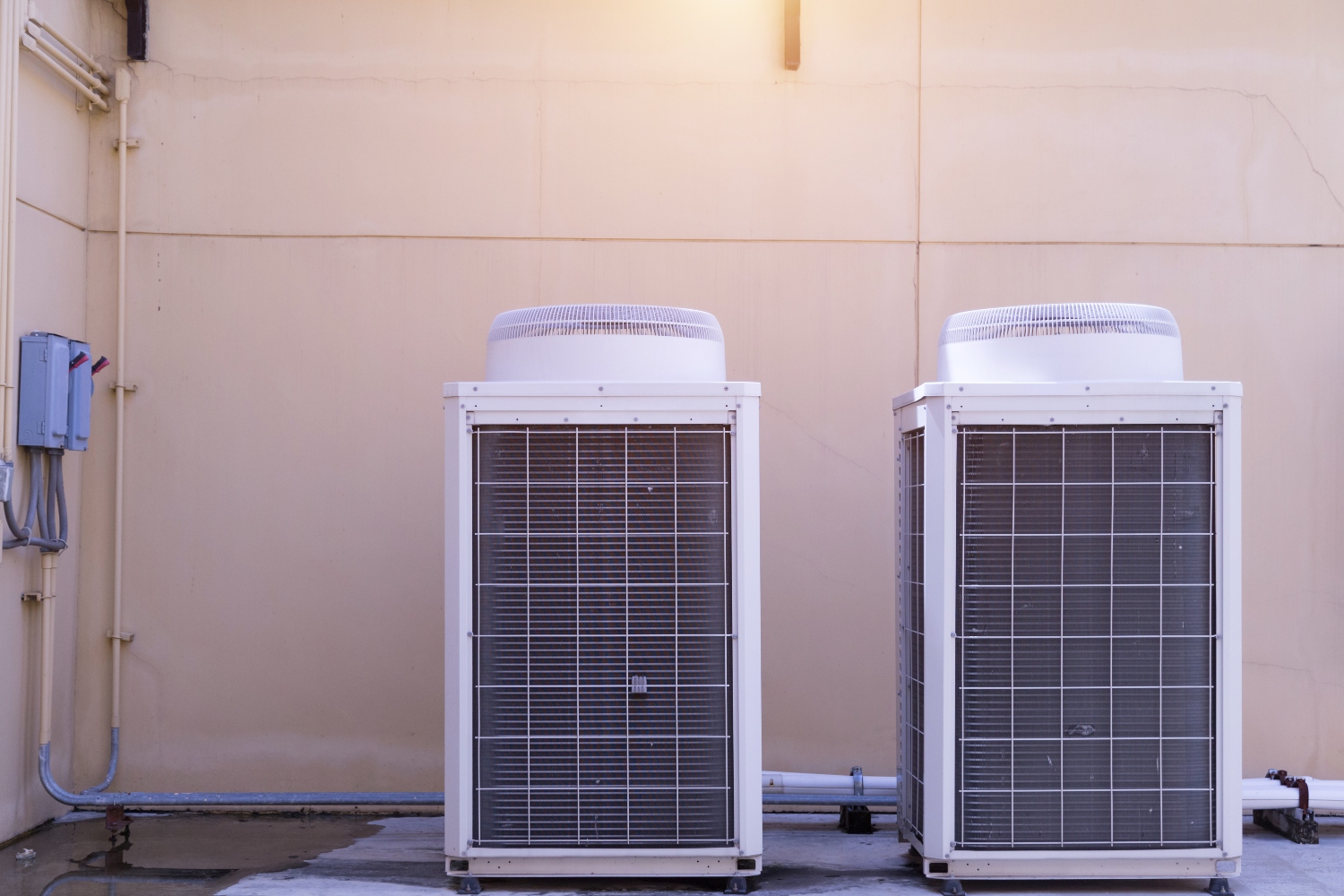

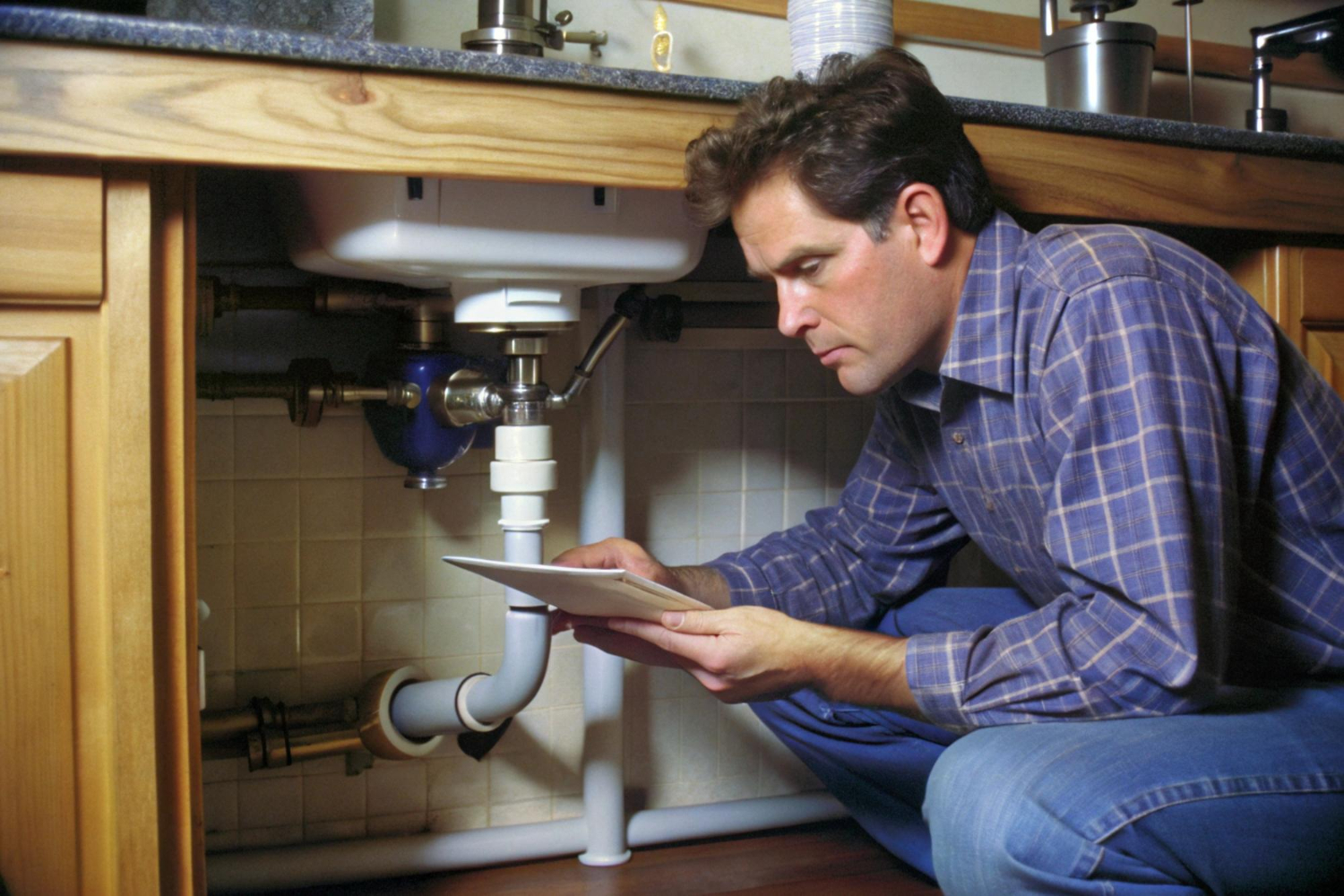
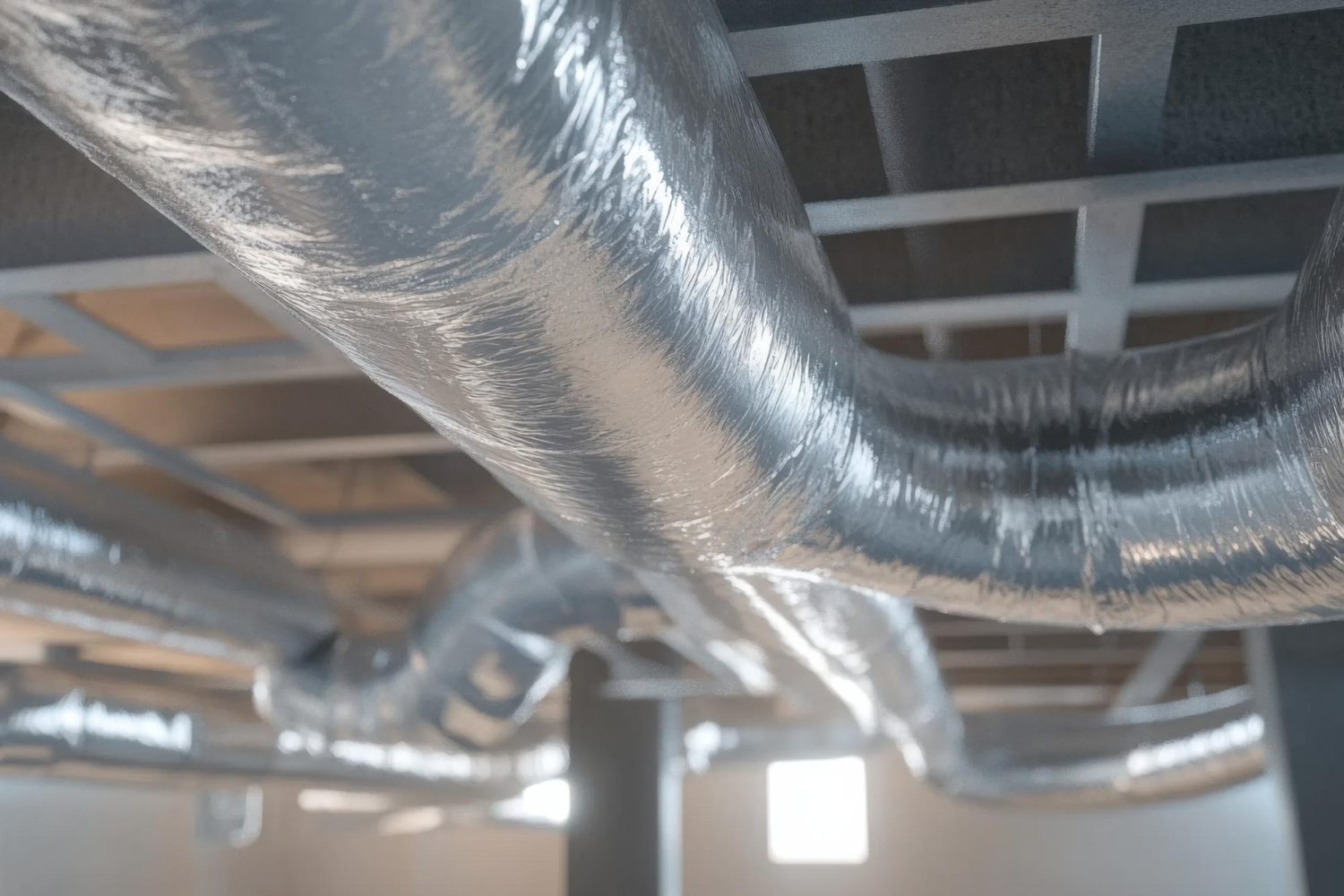
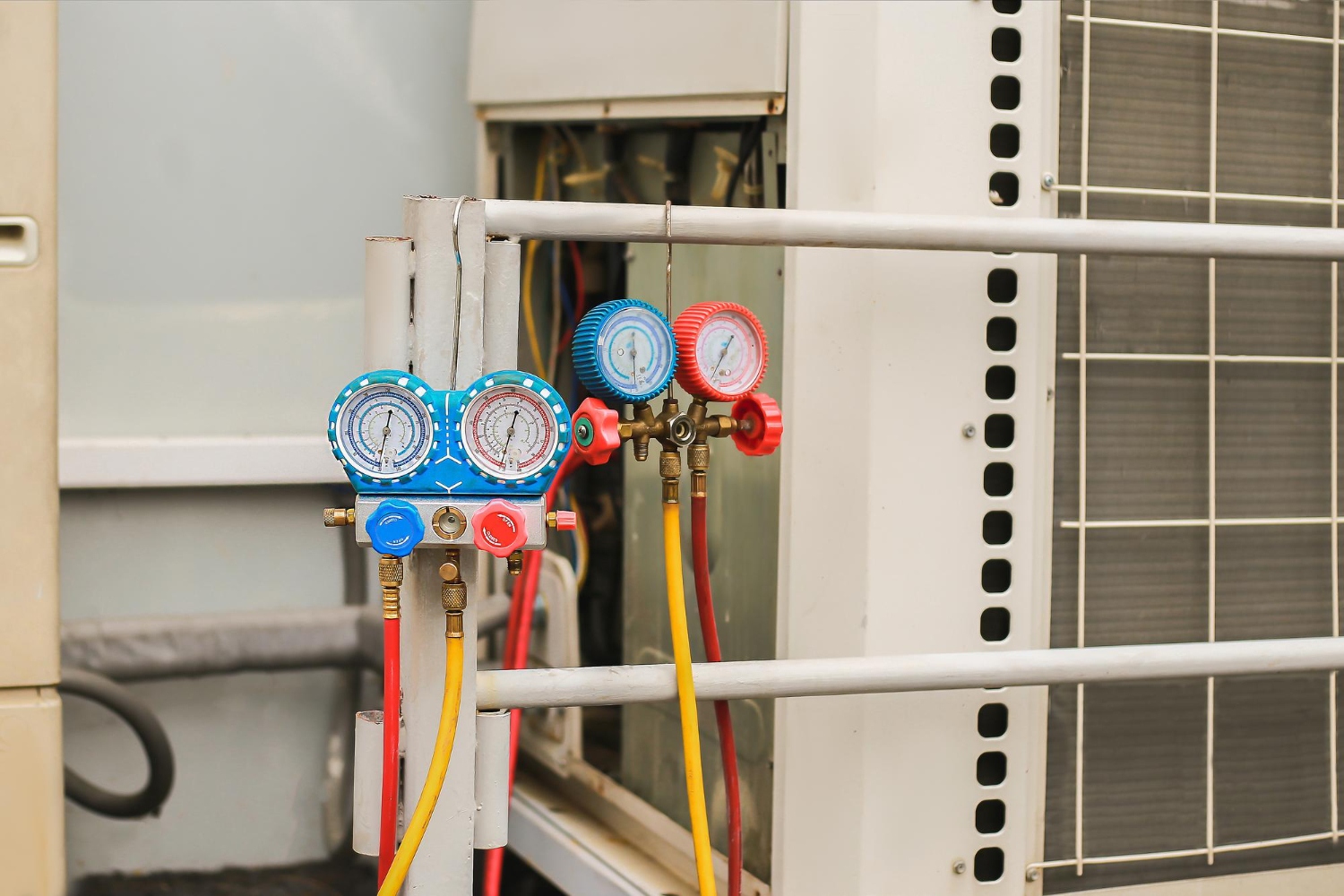
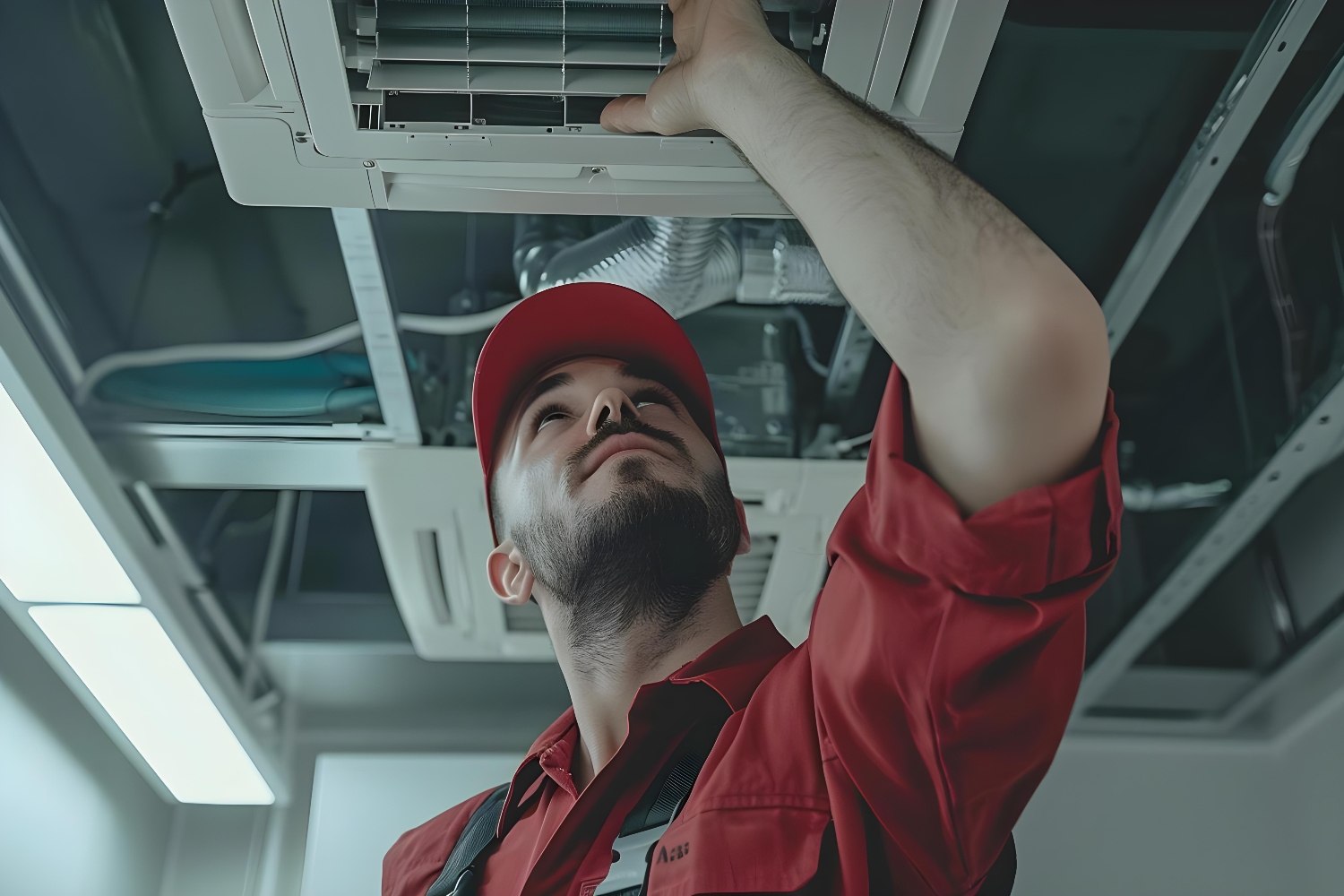
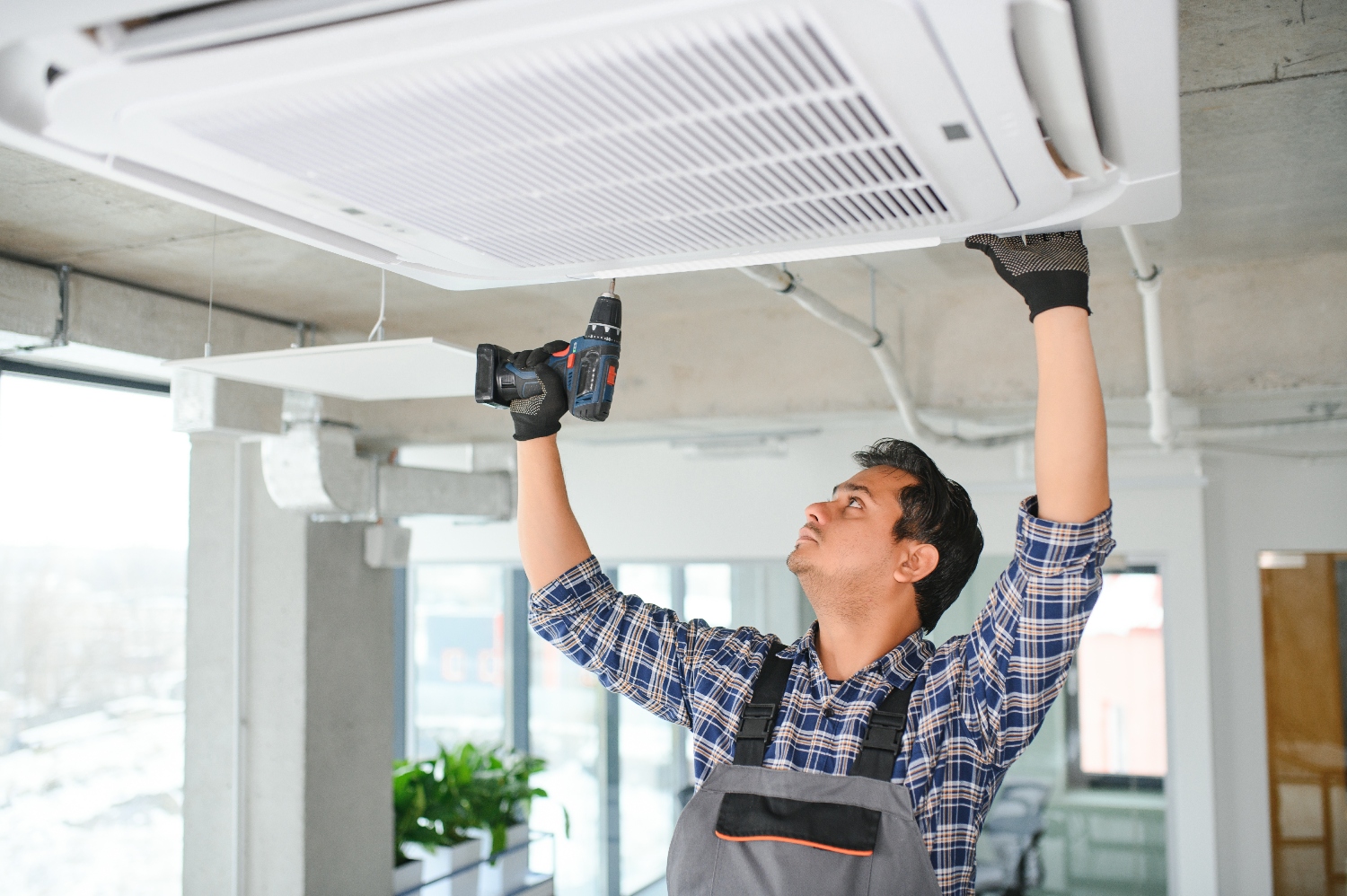





























































.jpg)
.jpg)

.jpg)
.jpg)




















